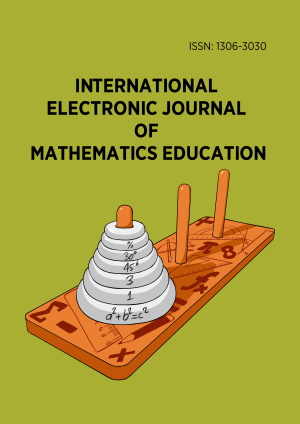Abstract
The aim of this study was to identify the main challenges faced by sixth-grade students in grasping mathematical concepts at elementary levels in Northern Tunis as perceived by teachers. It also examined how teacher-related variables like teacher’s gender, age, and qualifications influence these perceptions. Using a descriptive-analytical approach, this study conducted a survey that served as the primary instrument for data collection. The sample consisted of 200 teachers: 127 females and 73 males. Findings revealed challenges like overcrowded classrooms, lack of specialized mathematics laboratories, inadequate reward and discipline systems, minimal focus on modern teaching methods in teacher training programs, and insufficient parental involvement in their children’s education. The data also suggested a relationship between these challenges and the teacher-related variables of gender and age, indicating that these variables influence the perceptions of challenges. Recommendations were made to address these issues, highlighting the importance of taking these challenges seriously.
License
This is an open access article distributed under the Creative Commons Attribution License which permits unrestricted use, distribution, and reproduction in any medium, provided the original work is properly cited.
Article Type: Research Article
INT ELECT J MATH ED, Volume 20, Issue 2, May 2025, Article No: em0818
https://doi.org/10.29333/iejme/15918
Publication date: 01 Apr 2025
Online publication date: 02 Feb 2025
Article Views: 3376
Article Downloads: 1667
Open Access References How to cite this article
 Full Text (PDF)
Full Text (PDF)